Sicilian ceramics are true symbols of a rich and ancient culture rooted in the history of this sun-kissed island. In this article, we will explore the tradition of ceramics in Sicily, with a particular focus on the historic city of Caltagirone, famous worldwide for its ceramic creations.
History of Ceramics in Sicily
The ceramic tradition in Sicily began in ancient times, influenced by the various dominations that have succeeded each other on the island. Phoenicians, Greeks, Romans, Arabs, Normans, and Spaniards have left their mark on Sicilian culture, enriching it with different techniques, styles, and decorative motifs. This cultural fusion has created a unique artistic language, particularly evident in ceramics.
Caltagirone: Heart of Sicilian Ceramics
Caltagirone is one of the most vital centers of ceramics in Sicily. The city is known for its "Scala di Santa Maria del Monte," adorned with majolica tiles representing different styles and periods, a living tribute to the city's ceramic tradition. The ceramic production in Caltagirone has ancient origins, dating back to the pre-Hellenistic period, and reached its peak during the Baroque period, when the demand for decorative ceramics was at its highest.
Techniques and Motifs
The techniques of ceramic production in Caltagirone are a legacy of centuries of experimentation and cultural influences. The process includes the working of clay, hand decoration, and firing in specific kilns. Traditional motifs include naturalistic elements like leaves, flowers, and fruits, but also Arab geometries and historical or mythological figures that tell stories of Sicily.
Cultural and Economic Importance
Beyond their aesthetic value, Sicilian ceramics are an important economic driver for the region. They attract tourists and art enthusiasts from around the world, significantly contributing to the local economy. Museums and artisan workshops offer a view of the complexity of this craft and the skill of Sicilian artisans.
Sicilian ceramics, particularly those from Caltagirone, are more than just decorative objects; they are guardians of a rich and varied history, witnesses to centuries of cultural and artistic exchanges. They represent an invaluable heritage that continues to influence and inspire the contemporary world of art and design.

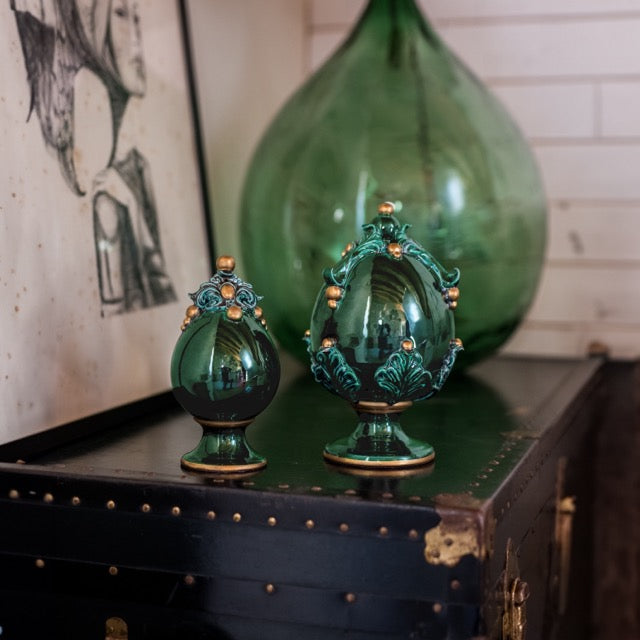
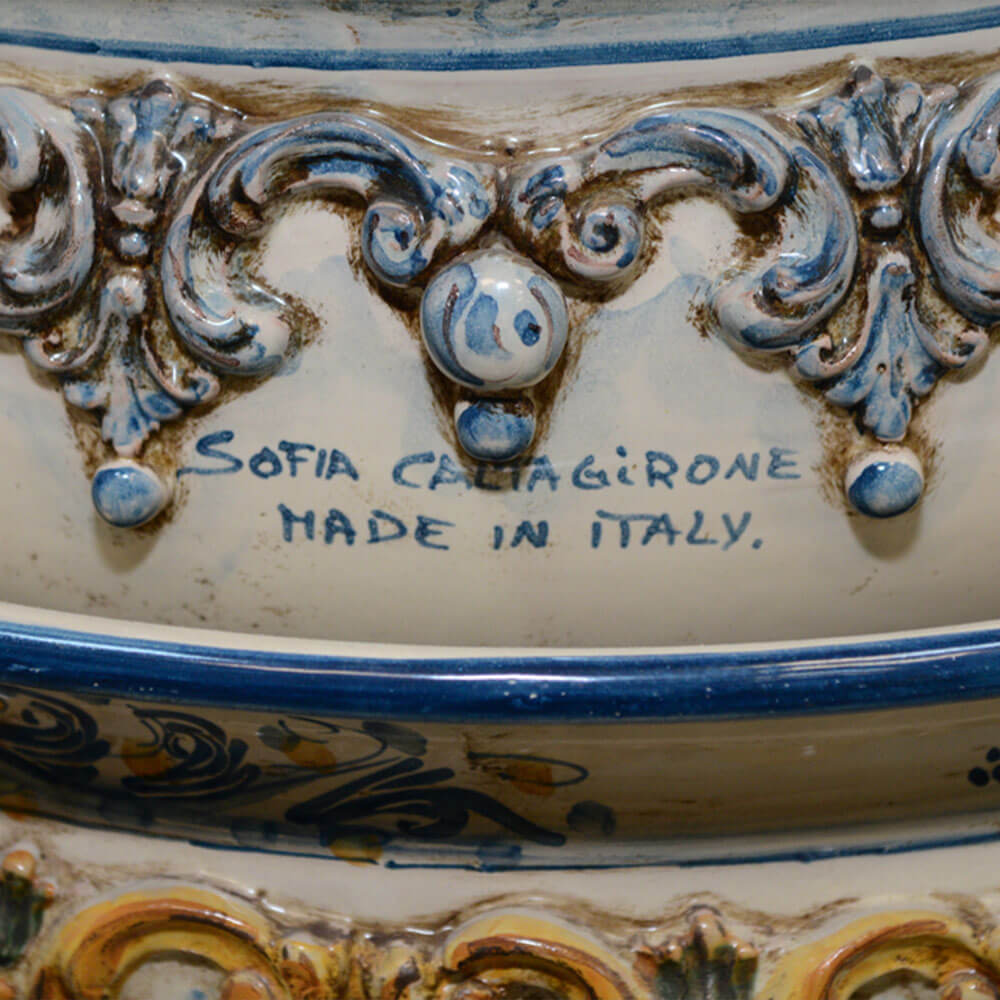

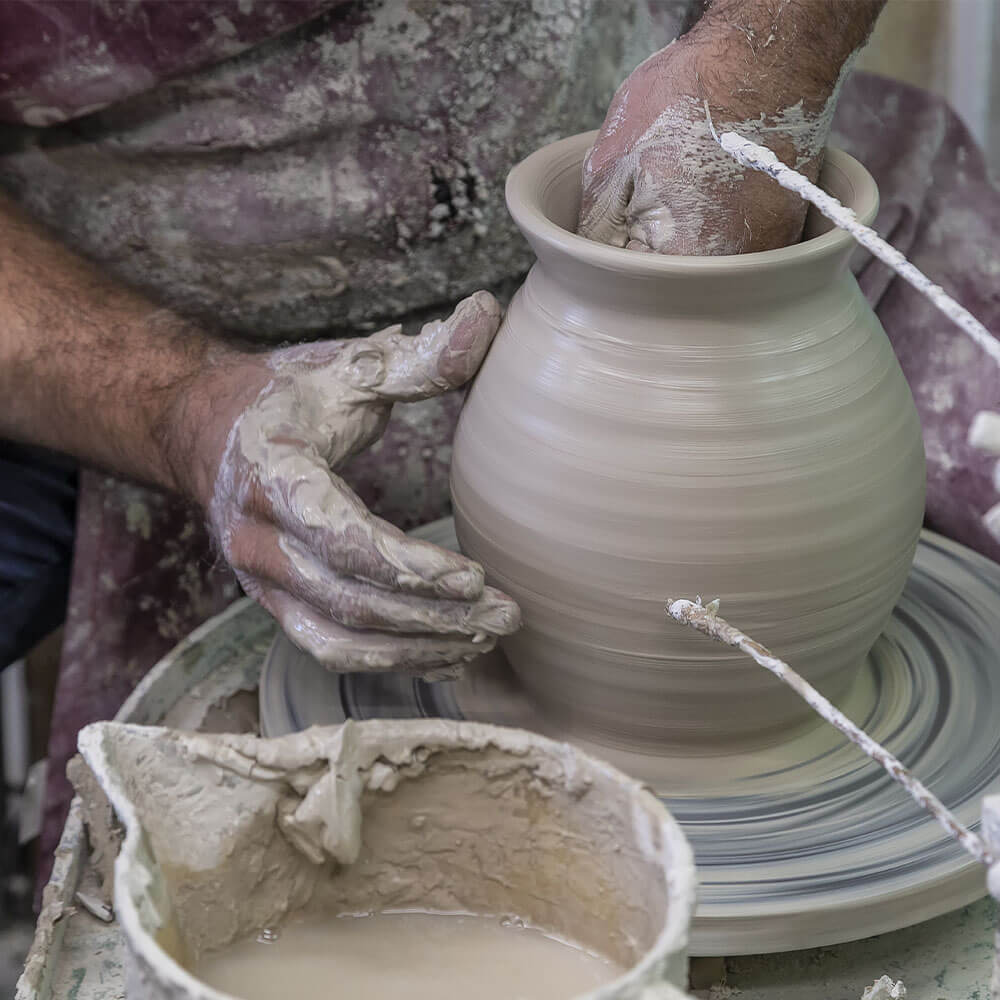
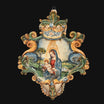
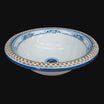
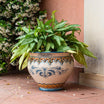

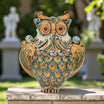
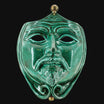
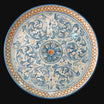
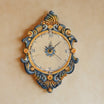

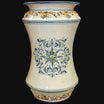
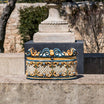
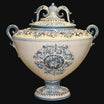
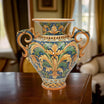
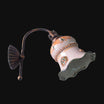

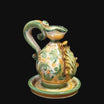


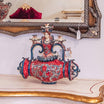
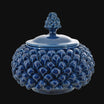

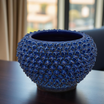


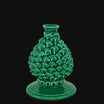


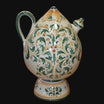
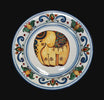
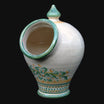



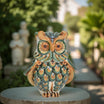


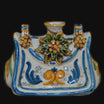
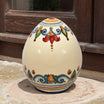


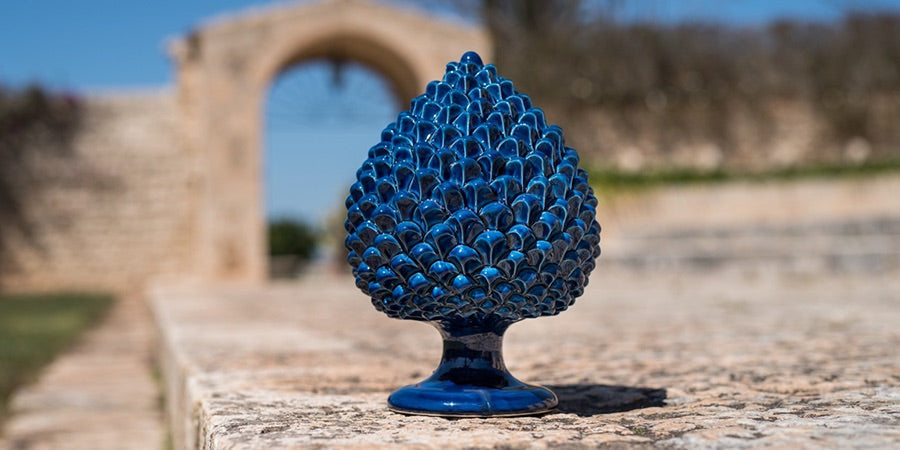
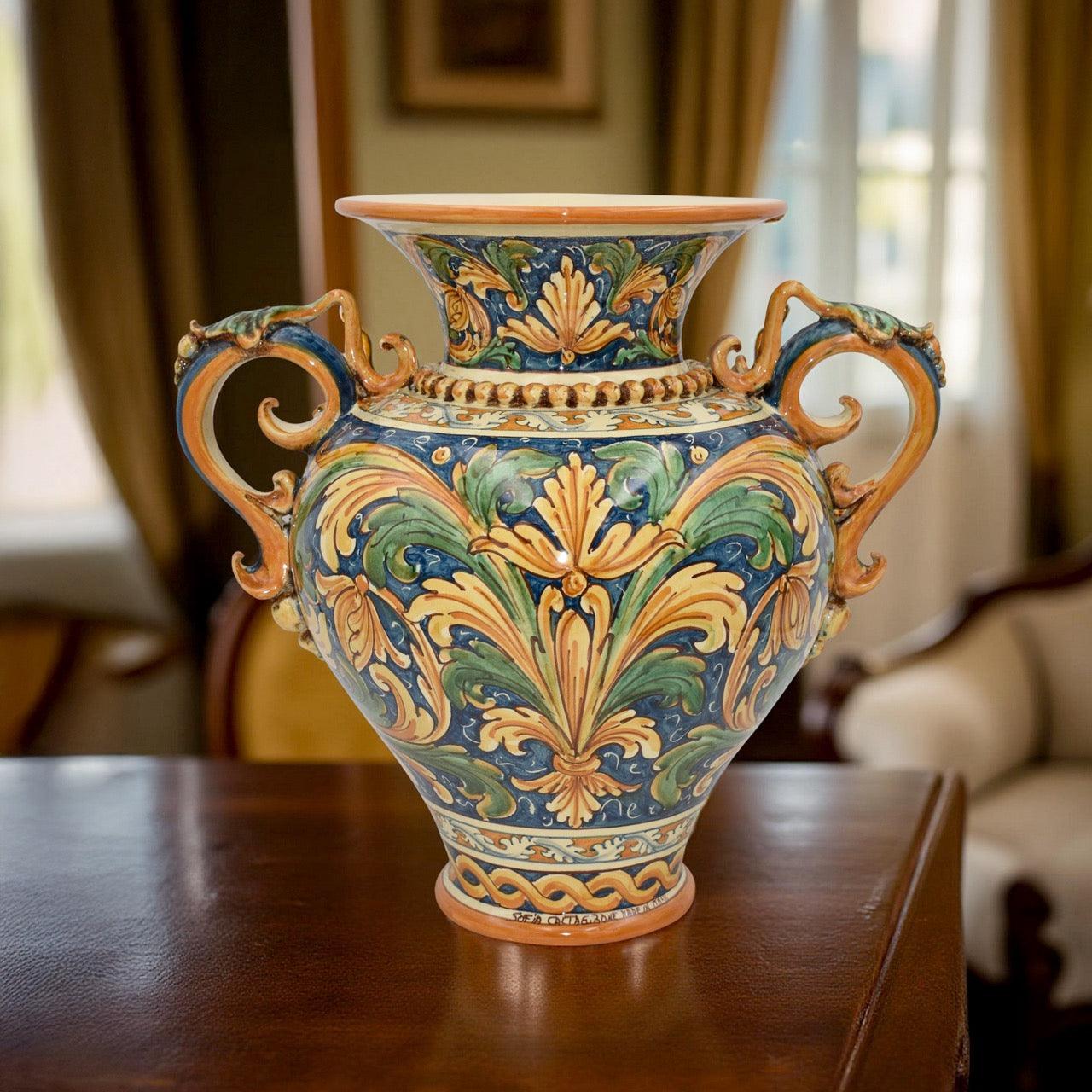
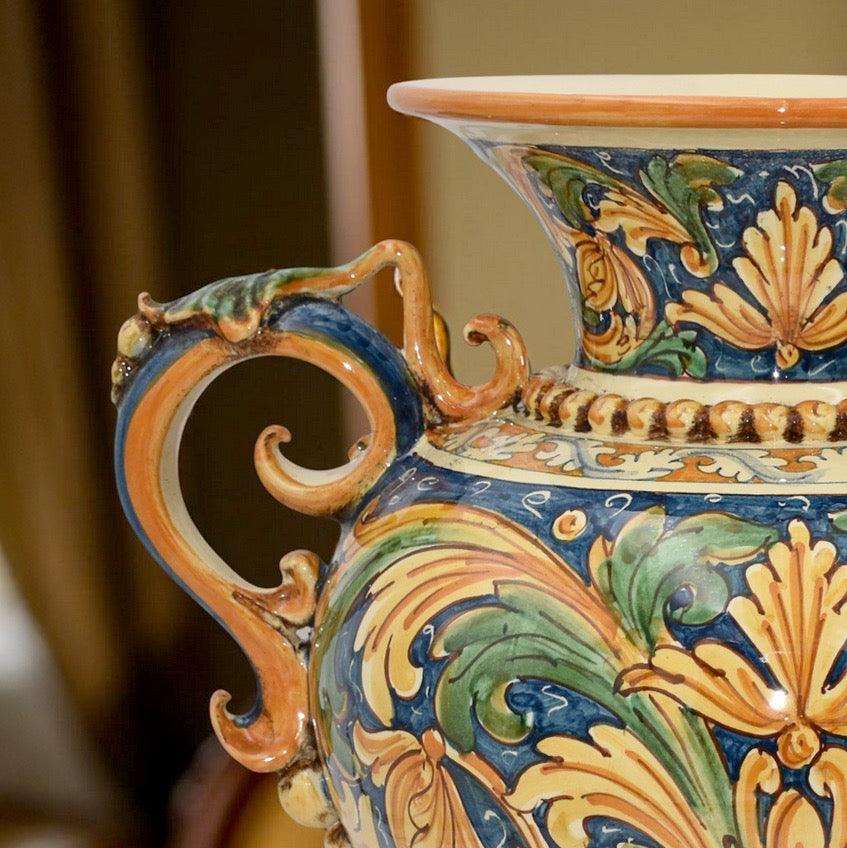


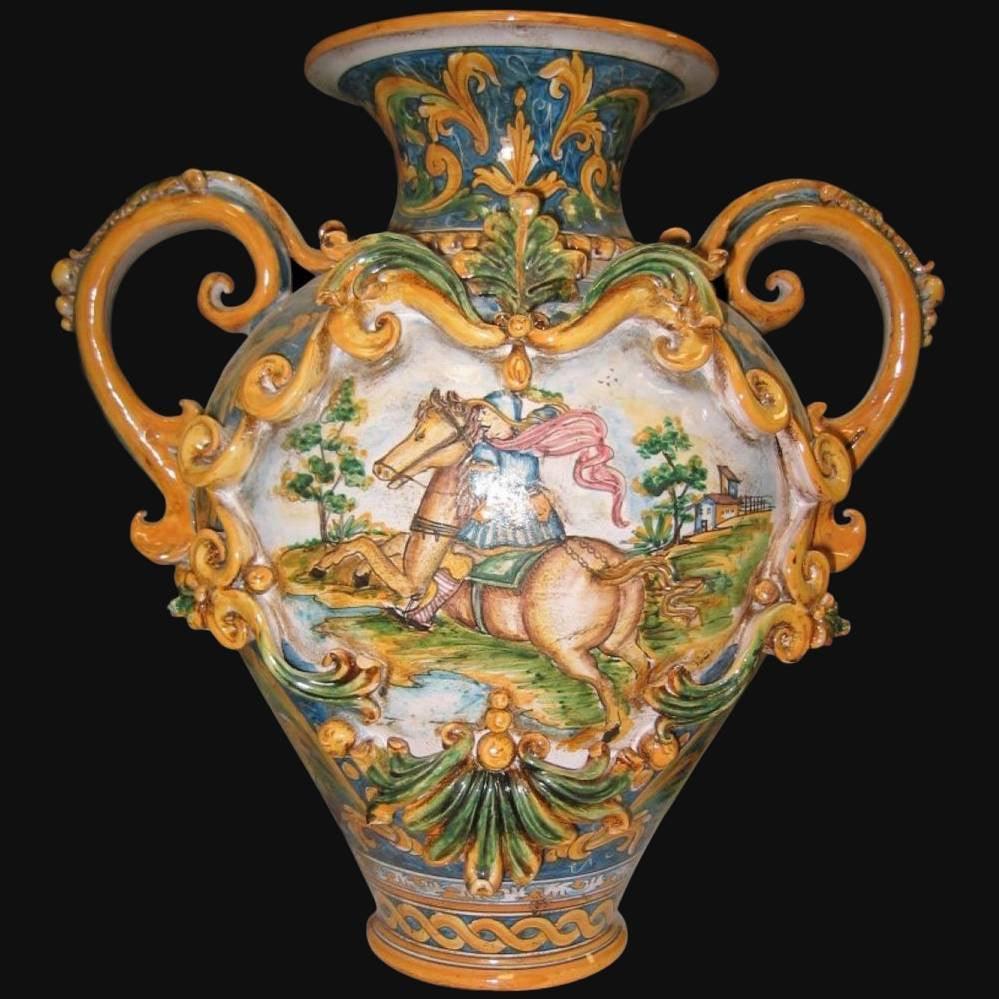
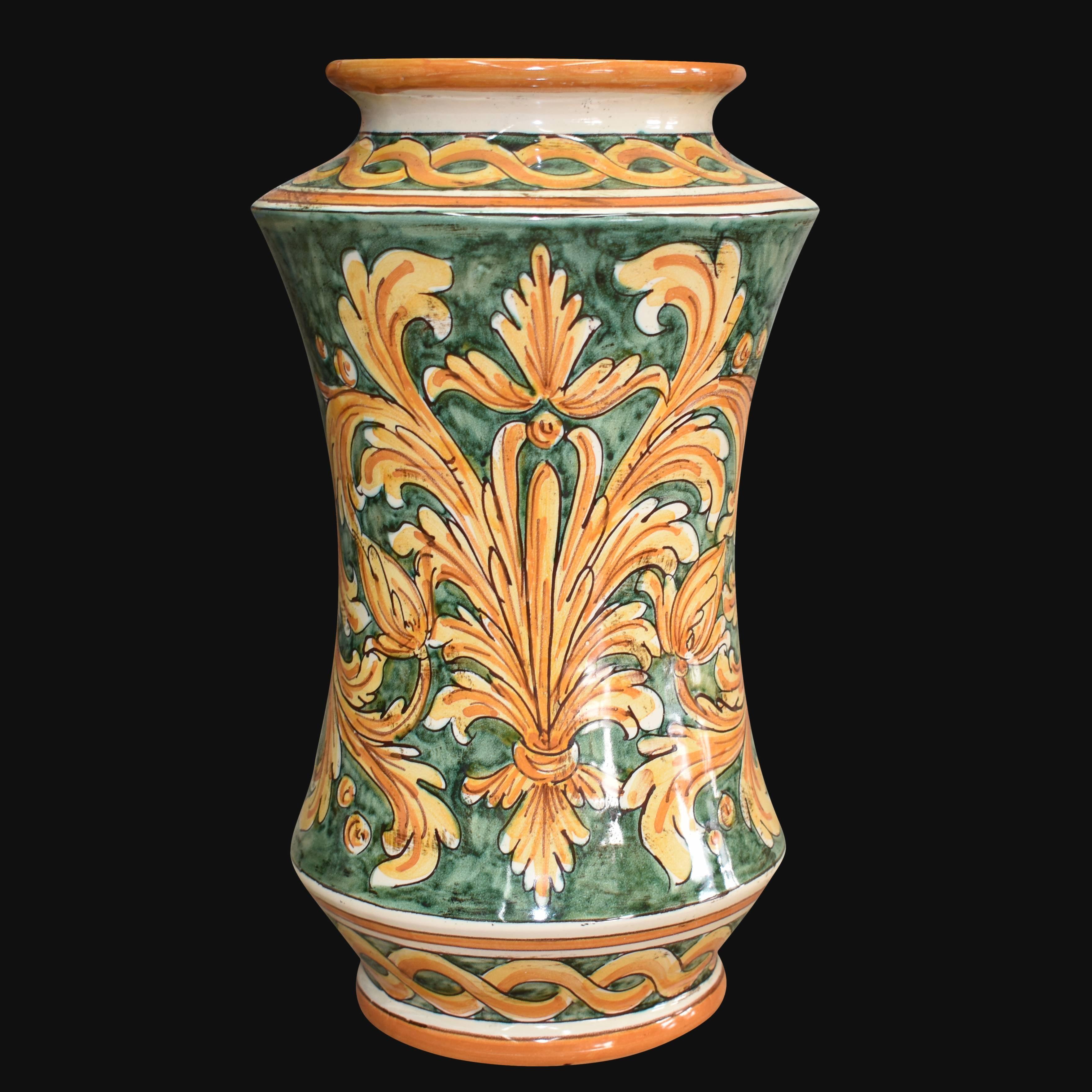
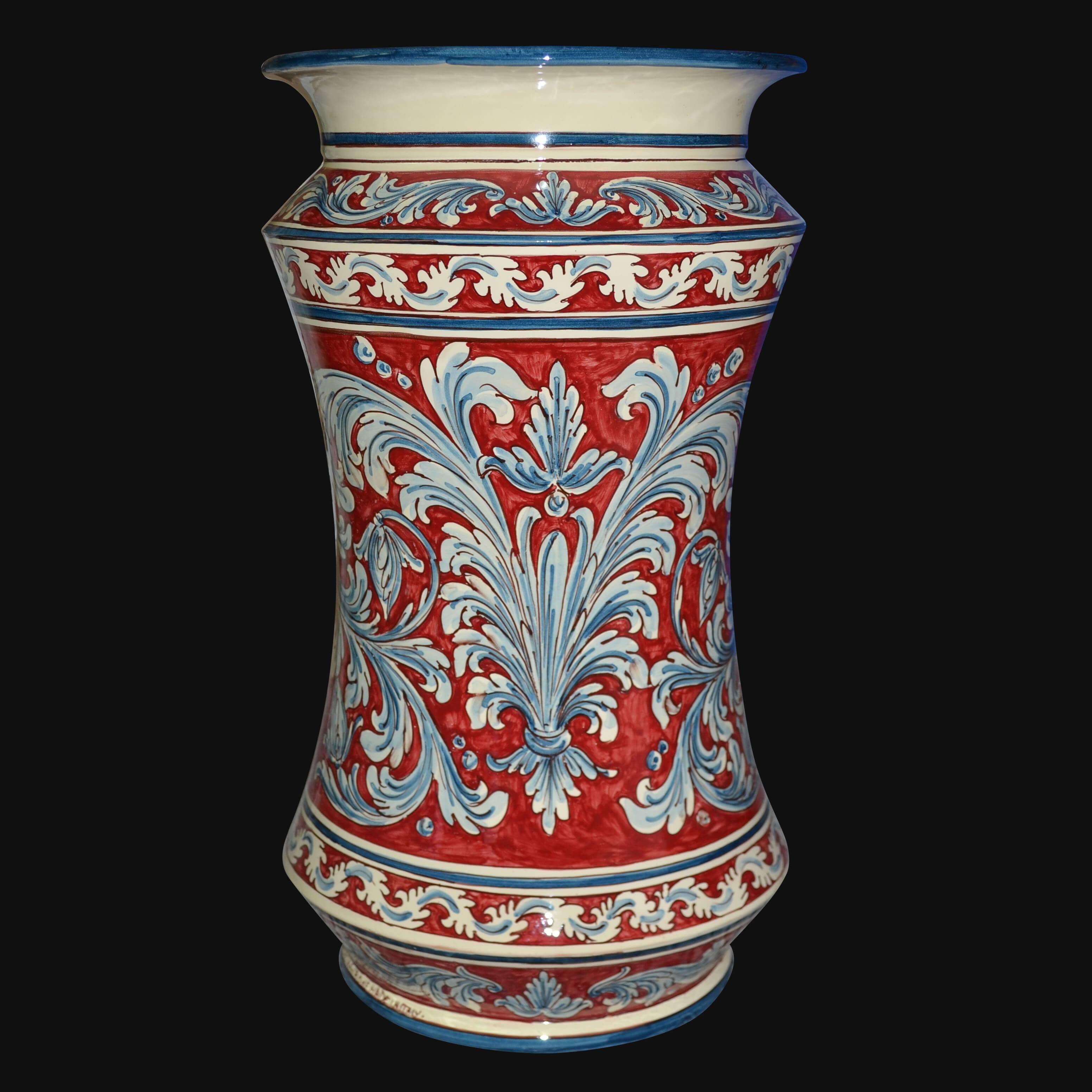

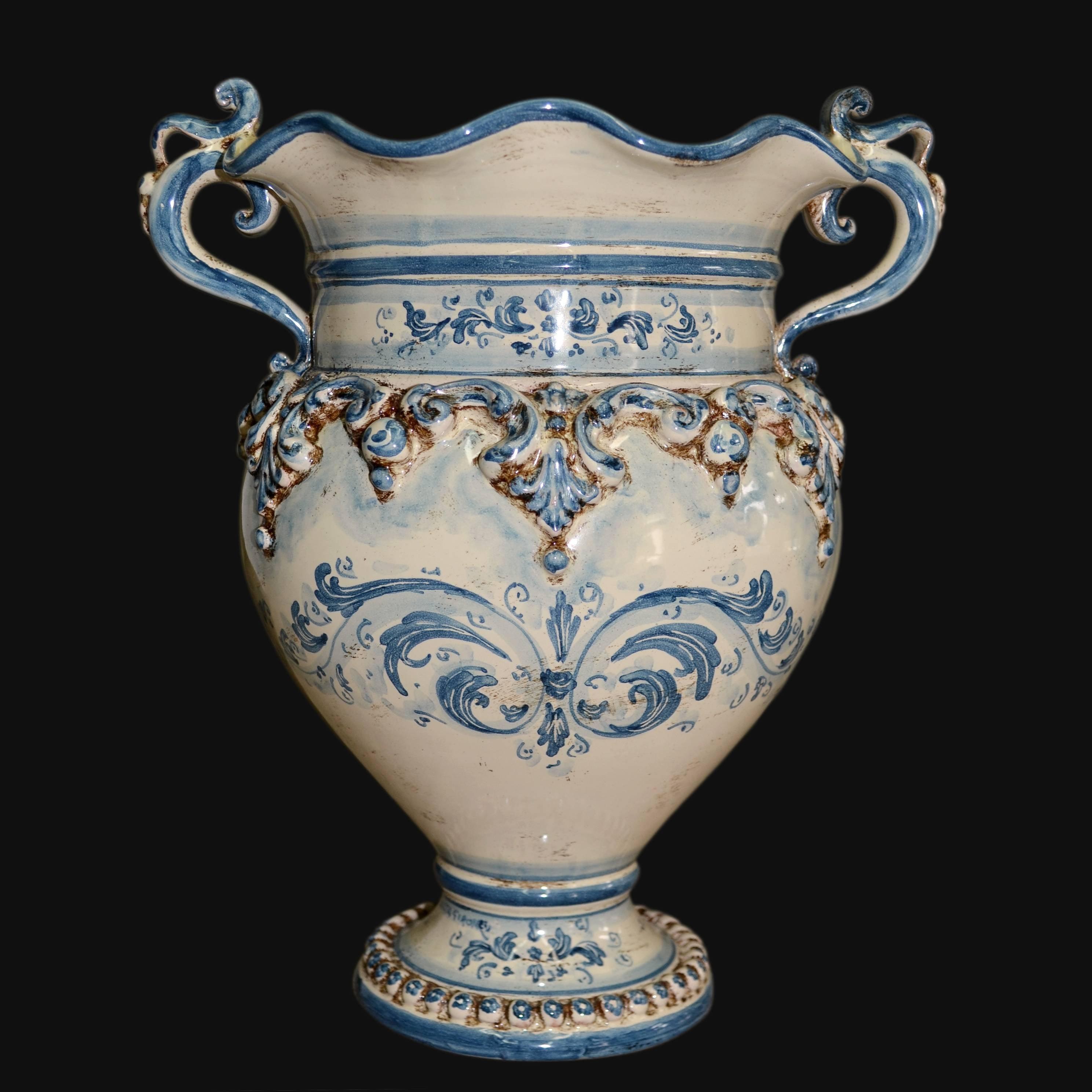
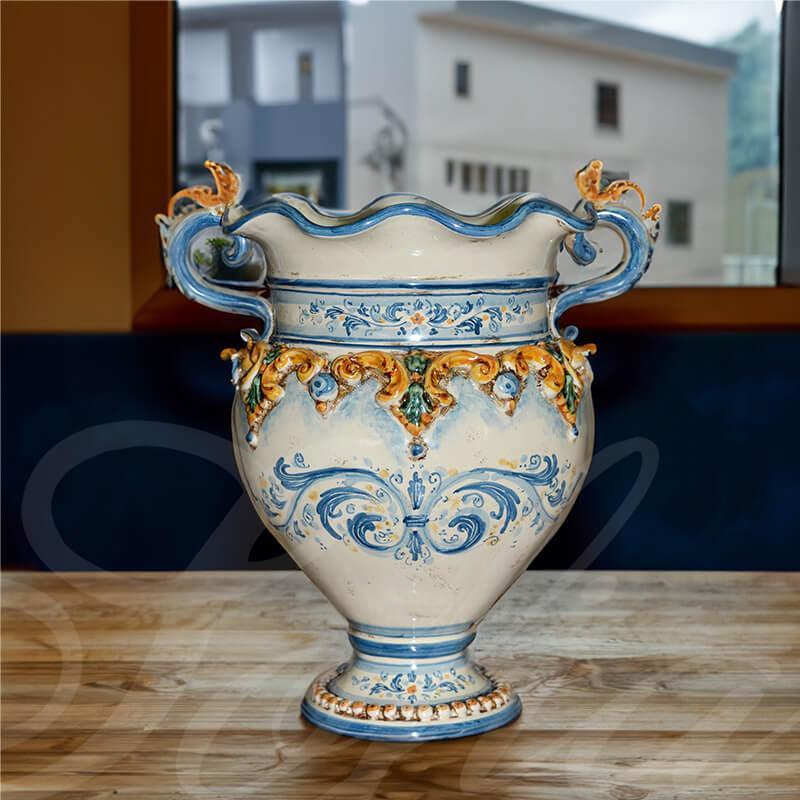
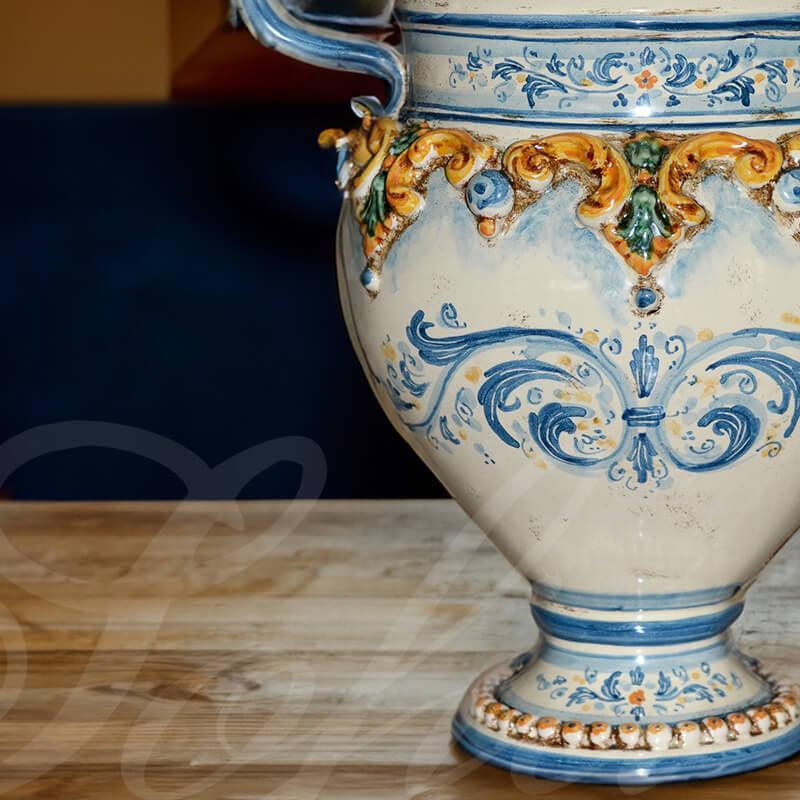
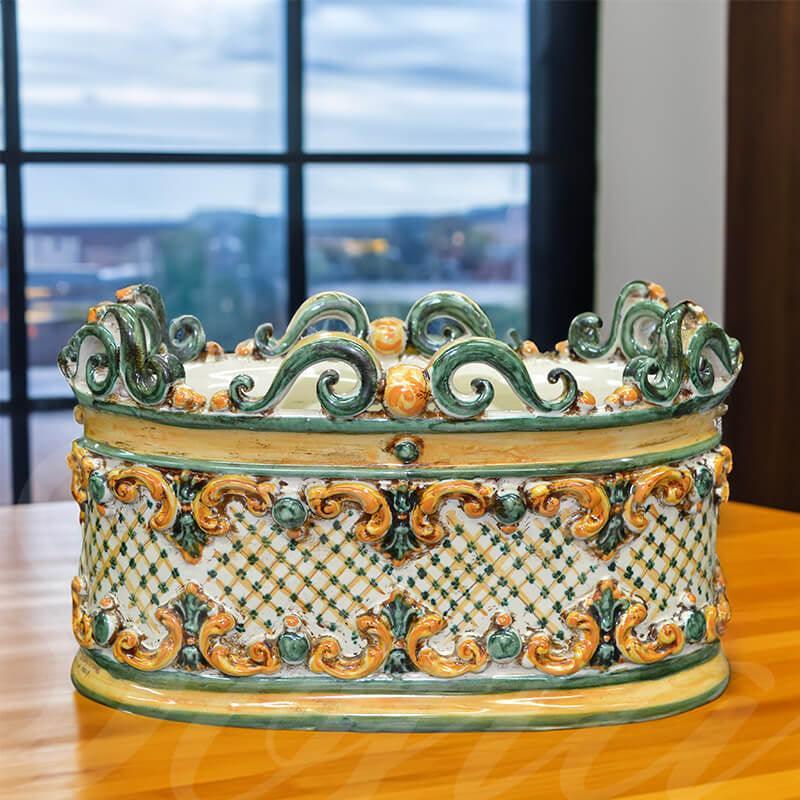
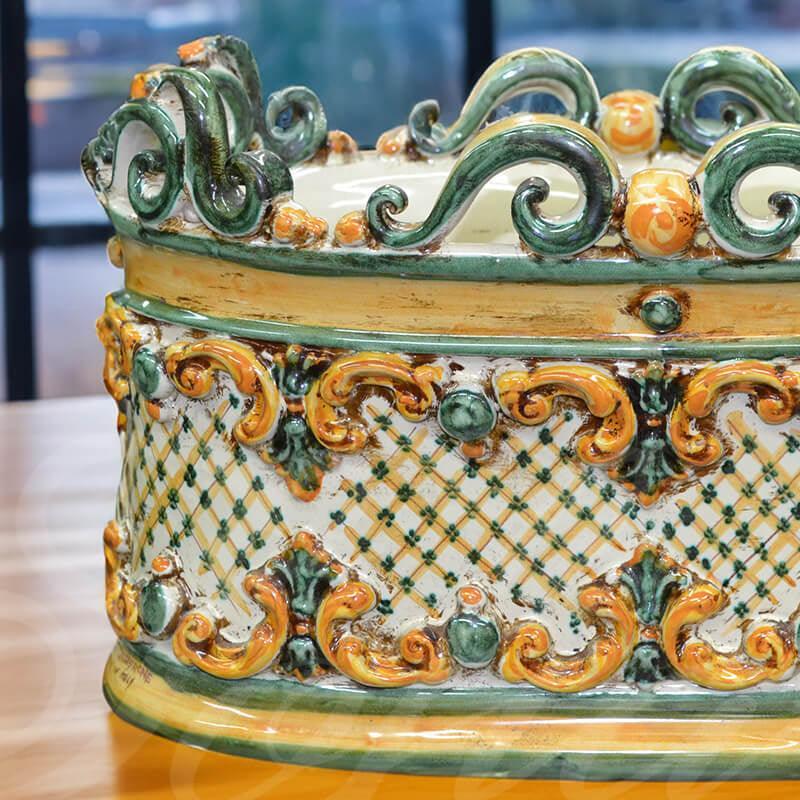
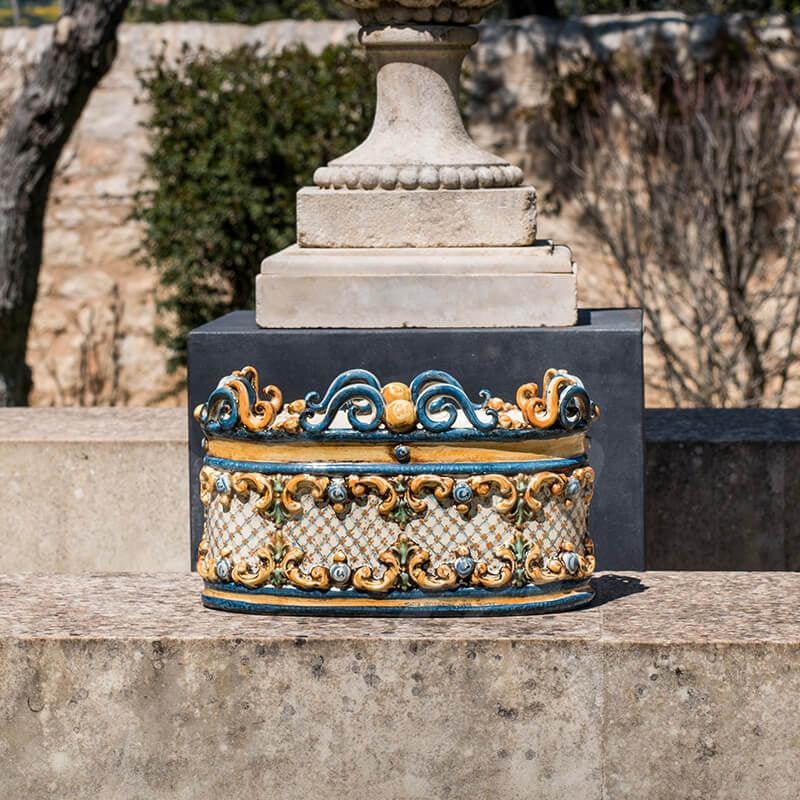
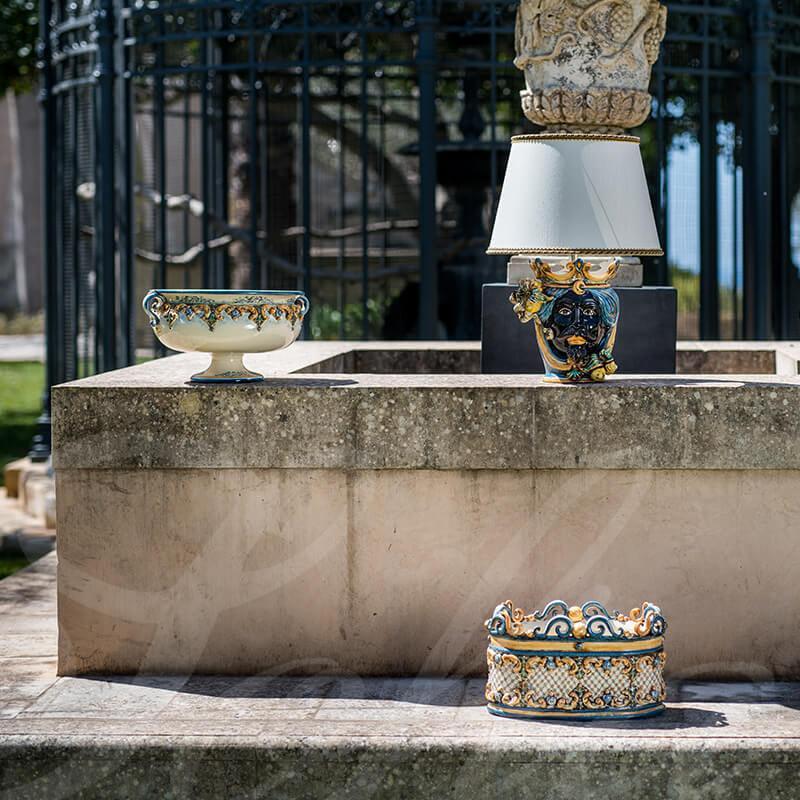
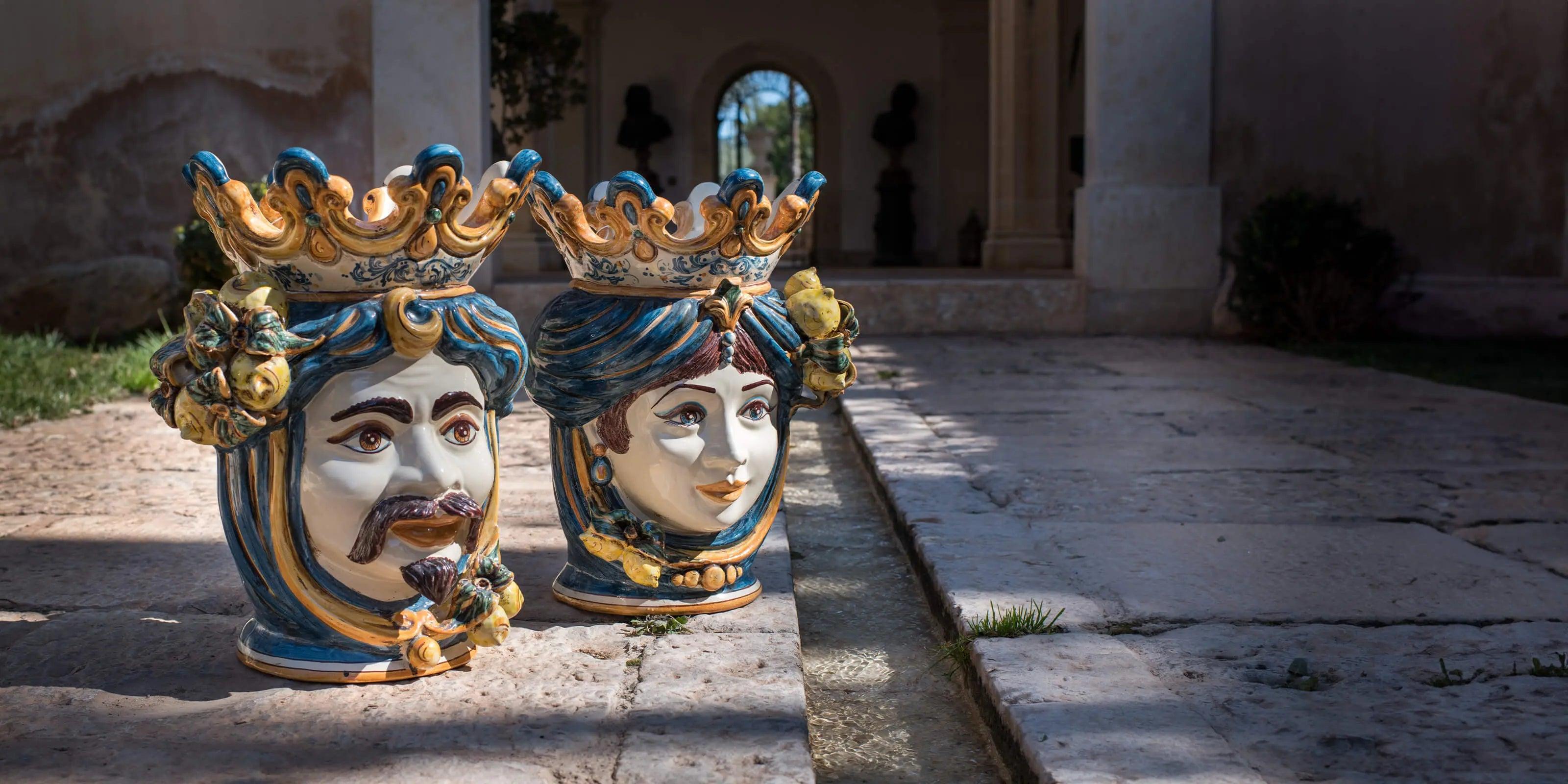
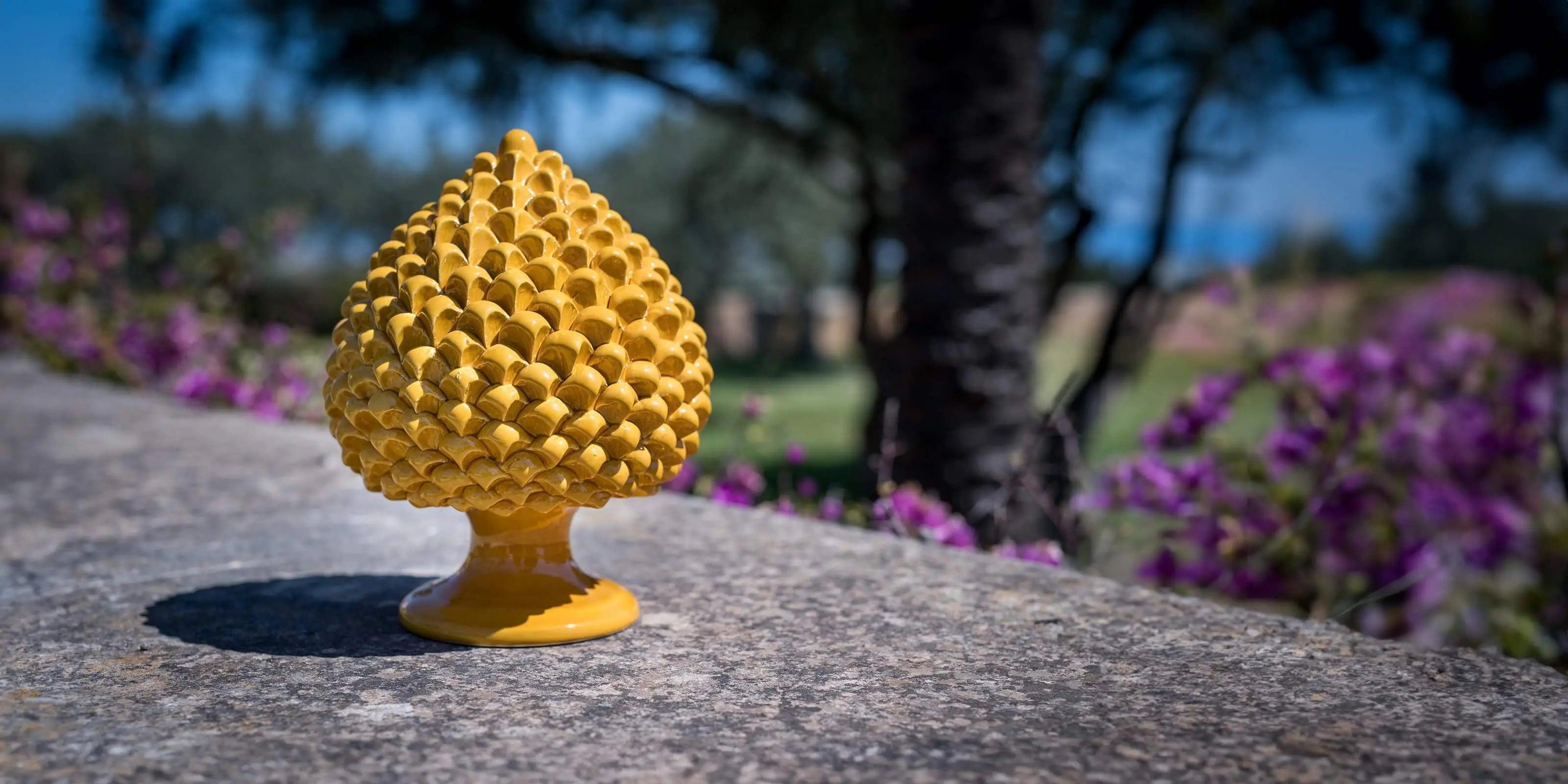
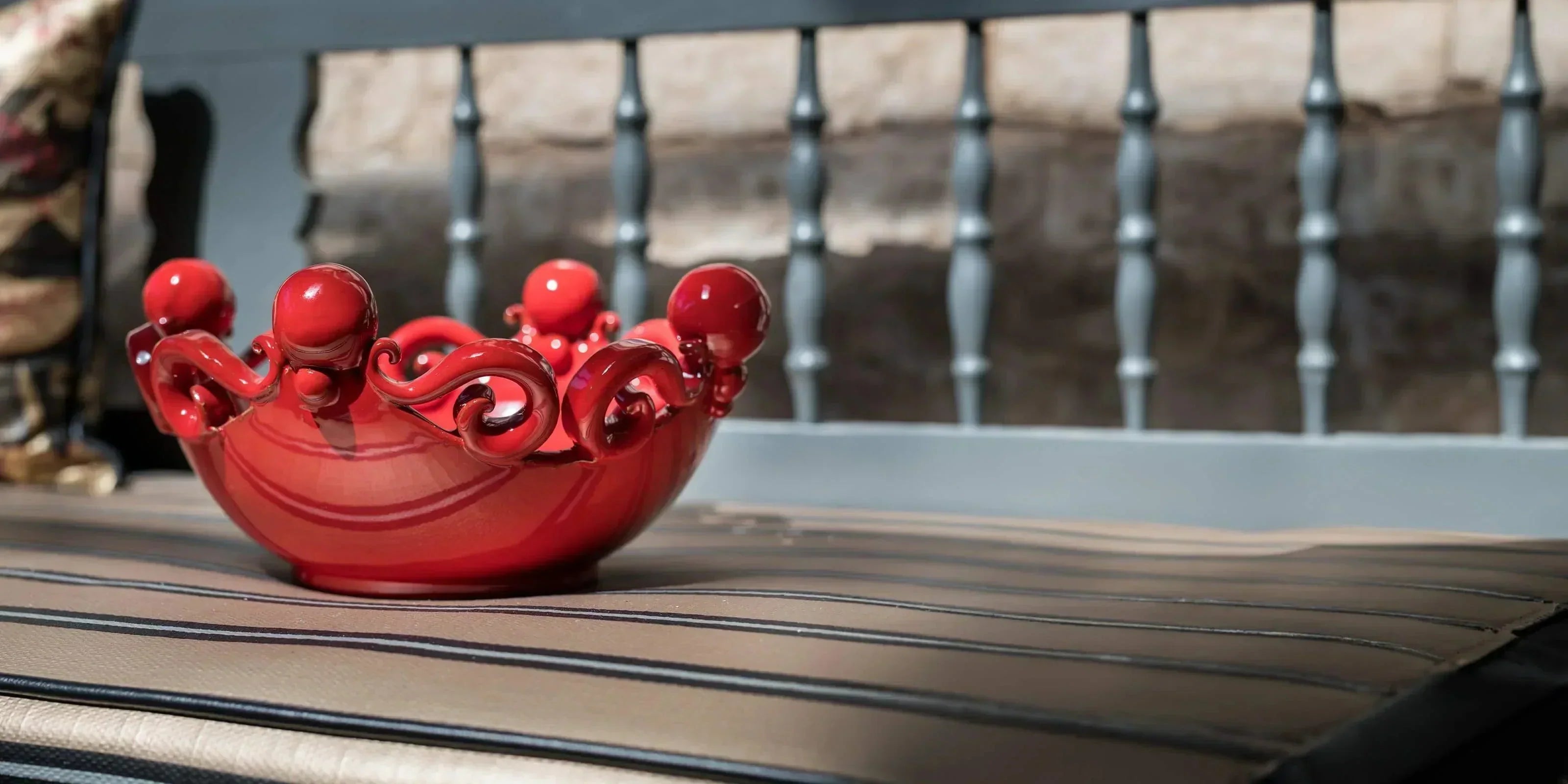
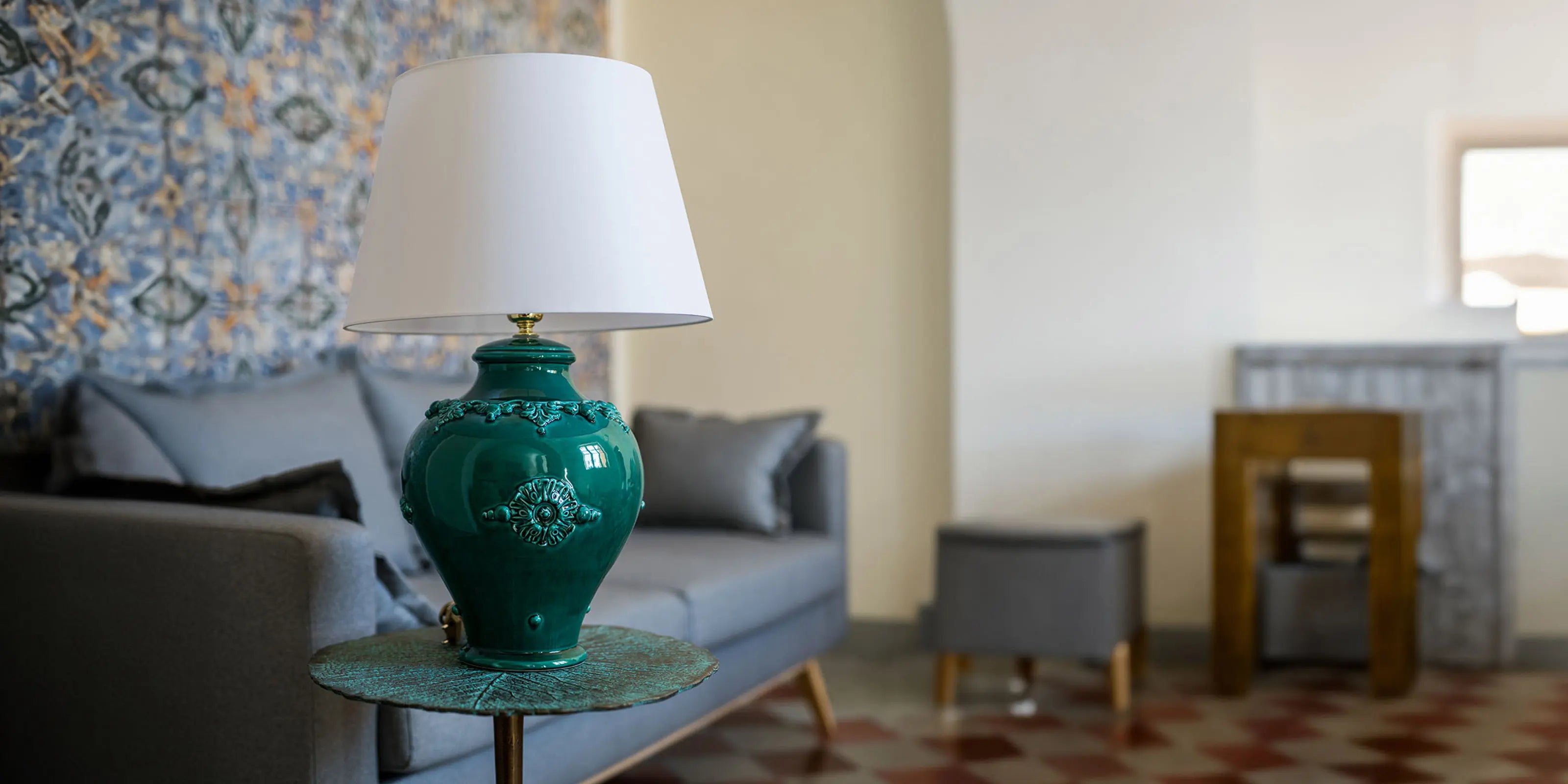
Leave a comment
All comments are moderated before being published.
This site is protected by hCaptcha and the hCaptcha Privacy Policy and Terms of Service apply.